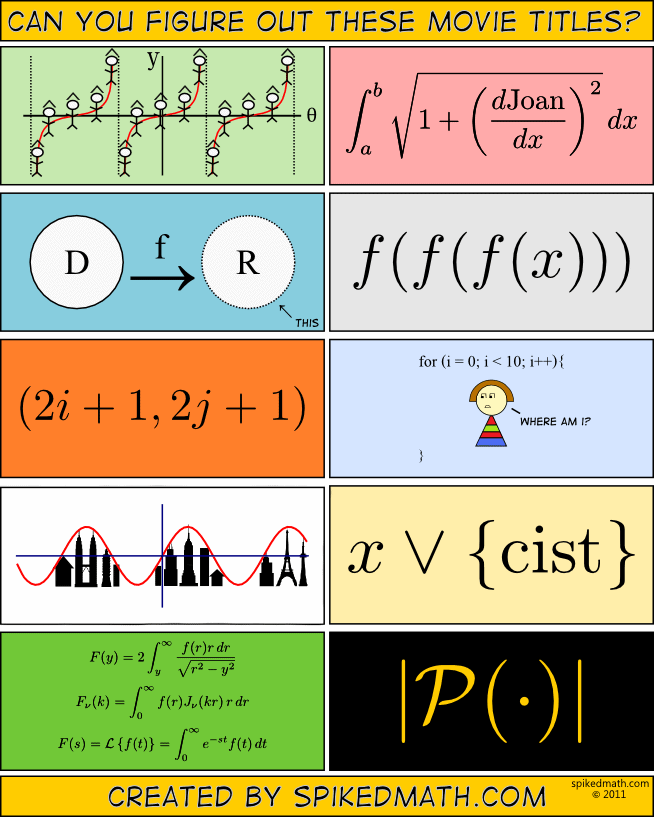The Next Letter
Which is the next letter in the following sequence:
S S E N T T T T T T T T T T T T T T T T T T T T ?
The answer is F. These are the first letters of the numbers Seventeen, Eighteen, Nineteen, Twenty, Twenty-one, and so on.
We do not know where this puzzle originated from. If you have any information, please let us know via email.
Which is the next letter in the following sequence:
S S E N T T T T T T T T T T T T T T T T T T T T ?
The answer is F. These are the first letters of the numbers Seventeen, Eighteen, Nineteen, Twenty, Twenty-one, and so on.
You have 8 thin sticks; 4 of them have length 1 and the other 4 have length 2. Arrange the sticks so that they form exactly 3 identical squares, without any leftovers.

The solution is shown below.

CAN YOU FIND THE
THE MISTAKE?
1 2 3 4 5 6 7 8 9
The word “THE” appears twice in the question. Read carefully!
August 20, 1940
Leon Trotsky, an enemy of Josef Stalin, had been in exile for 11 years. On this day, a Soviet assassin entered Trotsky’s house in Mexico City and hit him in the head with an ice axe. He died the next day.
Here is a group of suspects who were rounded up. Each wrong suspect has one different feature from the correct suspect. Who killed Trotsky?
The killer of Leon Trotsky was Ramón Mercader.
NASA was considering sending canaries into space to study them under zero gravity. The project was scrapped when someone realized that in spite of having sufficient water supplies, they could die of dehydration within a few hours. Why?
Unlike humans, birds need gravity in order to swallow. Thus, in space they wouldn’t be able to drink and will die of dehydration.
Can you recognize which famous movies are depicted by these images?

What begins with T, ends with T, and is full of T?
The answer is TEA POT.
There is a room with a table, 53 bicycles, and four men. One of the four men is dead. How did he die?
The “bicycles” are the (famous) Bicycle playing cards. The four men were playing poker, but one of them was cheating with an extra card, so he got killed.
How many species of animals did Moses take on the Ark with him?
None. It was Noah’s ark, not Moses’.
Raise me none and I am unbeaten.
Raise me once and I am excessive.
Raise me twice and I am forward.
Raise me thrice and I am eaten.
All said right, but wrongly spelled.
Who am I?
The answer is the NUMBER 2:
2⁰ = 1 (“one”), which is unbeaten;
2¹ = 2 (“too”), which is excessive;
2² = 4 (“fore”), which is forward;
2³ = 8 (“ate”), which is eaten.
Please confirm you want to block this member.
You will no longer be able to:
Please allow a few minutes for this process to complete.